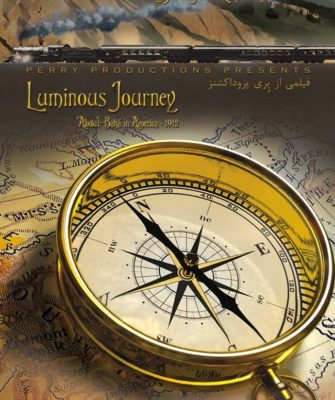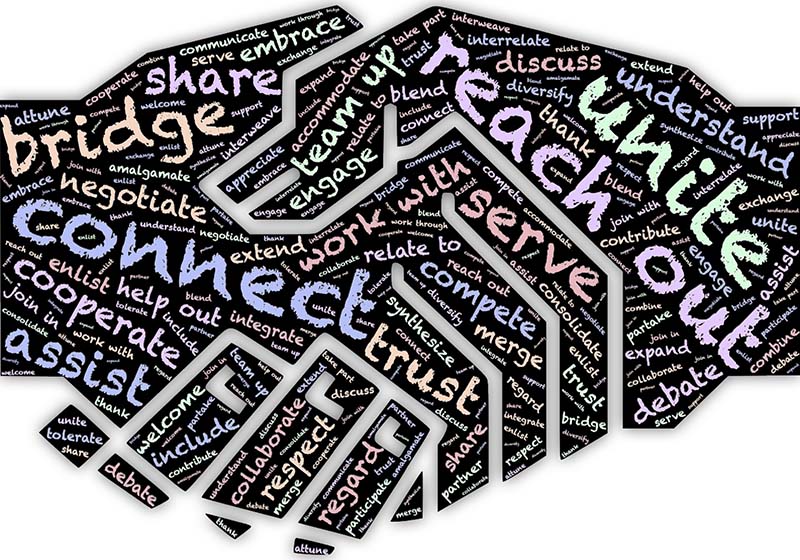



Source: African American Baha’is , Race Relations and the Development of the Baha’i Community in the United States
‘Abdu’l-Baha was happiest at meetings where both white and colored people were present:
‘Abdu’l-Baha’s uncompromising position on racial equality within the American Baha’i community, His demonstration of love and respect for African-Americans and His frank talks on the racial problems in the United States warmed [African-Americans Baha’is] hearts and encouraged them in their new faith. Wherever He spoke, if there were blacks and whites in the audience, He praised them. When he spoke at Howard University, in Washington, in April, 1912, one of his companions reported:
” … here, as elsewhere, when both white and colored people were present, ‘Abdu’l-Baha seemed happiest.” As he looked over the racially mixed audience at Howard, he remarked: today I am most happy, for I see here a gathering of the servants of God. I see white and black sitting together.”
After returning to Palestine, ‘Abdu’l-Baha arranged to set in motion conferences for the promotion of interracial unity. He gave the responsibility for arranging the first race amity conference to Mrs. Agnes Parsons, a wealthy white Baha’i in Washington D.C. The first race amity conference was held in 1921 and included prominent Black and White Americans. ‘Abdu’l-Baha sent a special message to this conference:
“Say to this convention that never since the beginning of time has one more important been held. This convention stands for the oneness of humanity; it will become the cause of enlightenment of America. It will, if wisely managed and continued, check the deadly struggle between these races that otherwise will inevitably break out.”
For decades these Baha’i Race Amity and Race Unity conferences continued with a few short interruptions. They attracted African-Americans leaders and scholars, reinforced the faith of African-American Baha’is in the Baha’i teachings on interracial unity, and contributed to the development of interracial interaction within the American Baha’i community.


![]()
![]()
Whether you are exploring the Bahá'í Faith or looking to become an active member, there are various ways you can connect with our community.
Please ensure that all the Required Fields* are completed before submitting.